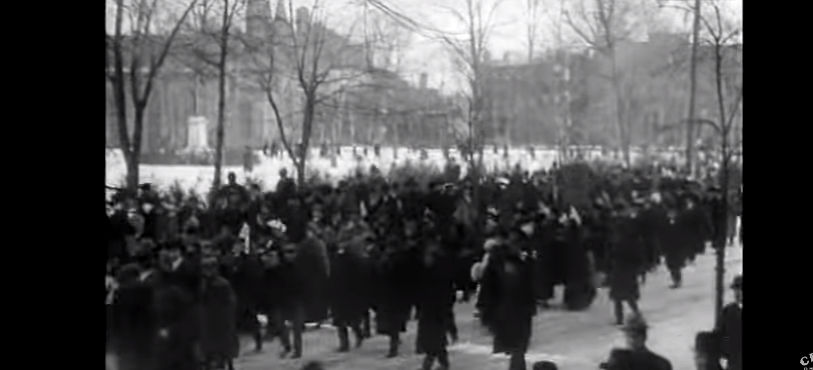Women’s suffrage in the United States, the legal right of women to vote in that country, was established over the course of several decades, first in various states and localities, sometimes on a limited basis, and then nationally in 1920.
The demand for women’s suffrage began to gather strength in the 1840s, emerging from the broader movement for women’s rights. In 1848, the Seneca Falls Convention, the first women’s rights convention, passed a resolution in favor of women’s suffrage despite opposition from some of its organizers, who believed the idea was too extreme. By the time of the first National Women’s Rights Convention in 1850, however, suffrage was becoming an increasingly important aspect of the movement’s activities.
Source: Change Before Going Productions
The first national suffrage organizations were established in 1869 when two competing organizations were formed, one led by Susan B. Anthony and Elizabeth Cady Stanton and the other byLucy Stone. After years of rivalry, they merged in 1890 as the National American Woman Suffrage Association (NAWSA) with Anthony as its leading force.
Hoping the U.S. Supreme Court would rule that women had a constitutional right to vote, suffragists made several attempts to vote in the early 1870s and then filed lawsuits when they were turned away. Anthony actually succeeded in voting in 1872 but was arrested for that act and found guilty in a widely publicized trial that gave the movement fresh momentum.
After the Supreme Court ruled against them in 1875, suffragists began the decades-long campaign for an amendment to the U.S. Constitution that would enfranchise women. Much of the movement’s energy, however, went toward working for suffrage on a state-by-state basis.
In 1916 Alice Paul formed the National Woman’s Party (NWP), a militant group focused on the passage of a national suffrage amendment. Over 200 NWP supporters, the Silent Sentinels, were arrested in 1917 while picketing the White House, some of whom went on hunger strike and endured forced feeding after being sent to prison. Under the leadership of Carrie Chapman Catt, the two-million-member NAWSA also made a national suffrage amendment its top priority. After a hard-fought series of votes in the U.S. Congress and in state legislatures, the Nineteenth Amendmentbecame part of the U.S. Constitution on August 26, 1920. It states, “The right of citizens of the United States to vote shall not be denied or abridged by the United States or by any State on account of sex.”
